When Canadians go car shopping, price is at the top of their list, followed by brand reputation, fuel economy, and vehicle availability, according to a recent AutoTrader.ca survey. However, a vehicle’s infotainment system can make or break an owner’s overall experience. To help buyers, here are some of the best and worst automotive operating system features and qualities on sale today.
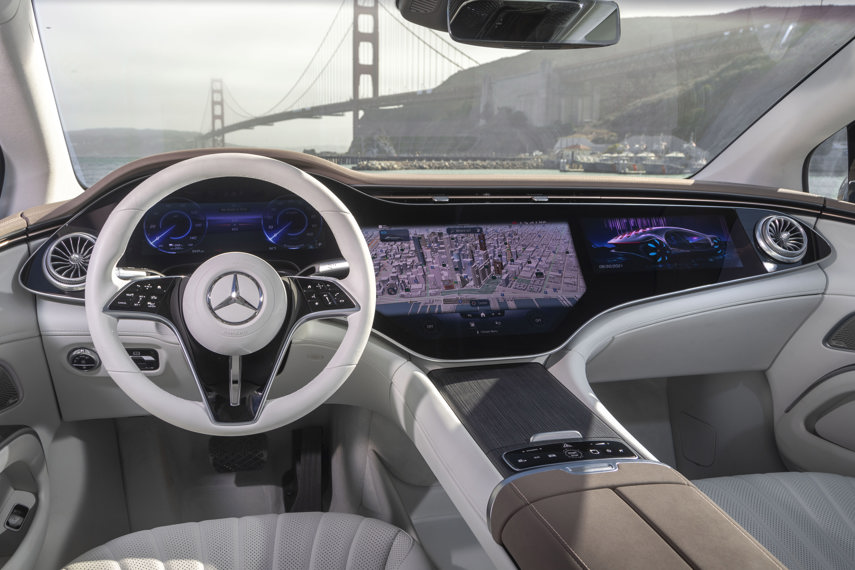
BEST: Large, High-Resolution Touchscreen Interfaces
Dating back to the mid-1980s Buick Riviera, automotive touchscreens aren’t new. But since the Tesla Model S arrived, with its tablet-like 17-inch touchscreen, infotainment displays have gotten significantly larger with higher resolutions, making it easier to see and interact with, especially while driving. The current Mercedes-Benz EQS electric luxury sedan’s MBUX Hyperscreen is an excellent example of the latest and greatest in touchscreens. It seamlessly stitches together three displays stretching 56 inches across the cabin.
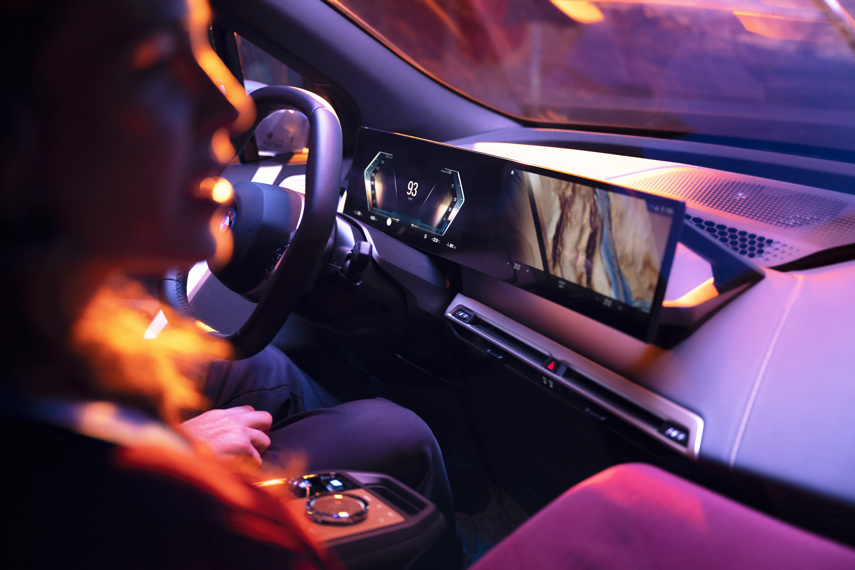
BEST: Reliable Voice Commands
Created as a feature to allow drivers to keep their eyes on the road, the first generations of vehicle voice command systems weren’t very cooperative. However, automotive voice control has come a long way in recent years as infotainment systems can now handle more complex voice commands and are less likely to misunderstand them. The most recent systems, like BMWs with iDrive 8, are competent enough to adjust cabin temperatures or accurately receive navigation requests without multiple failed attempts or drivers giving up and reverting to hard controls or the touchscreen.
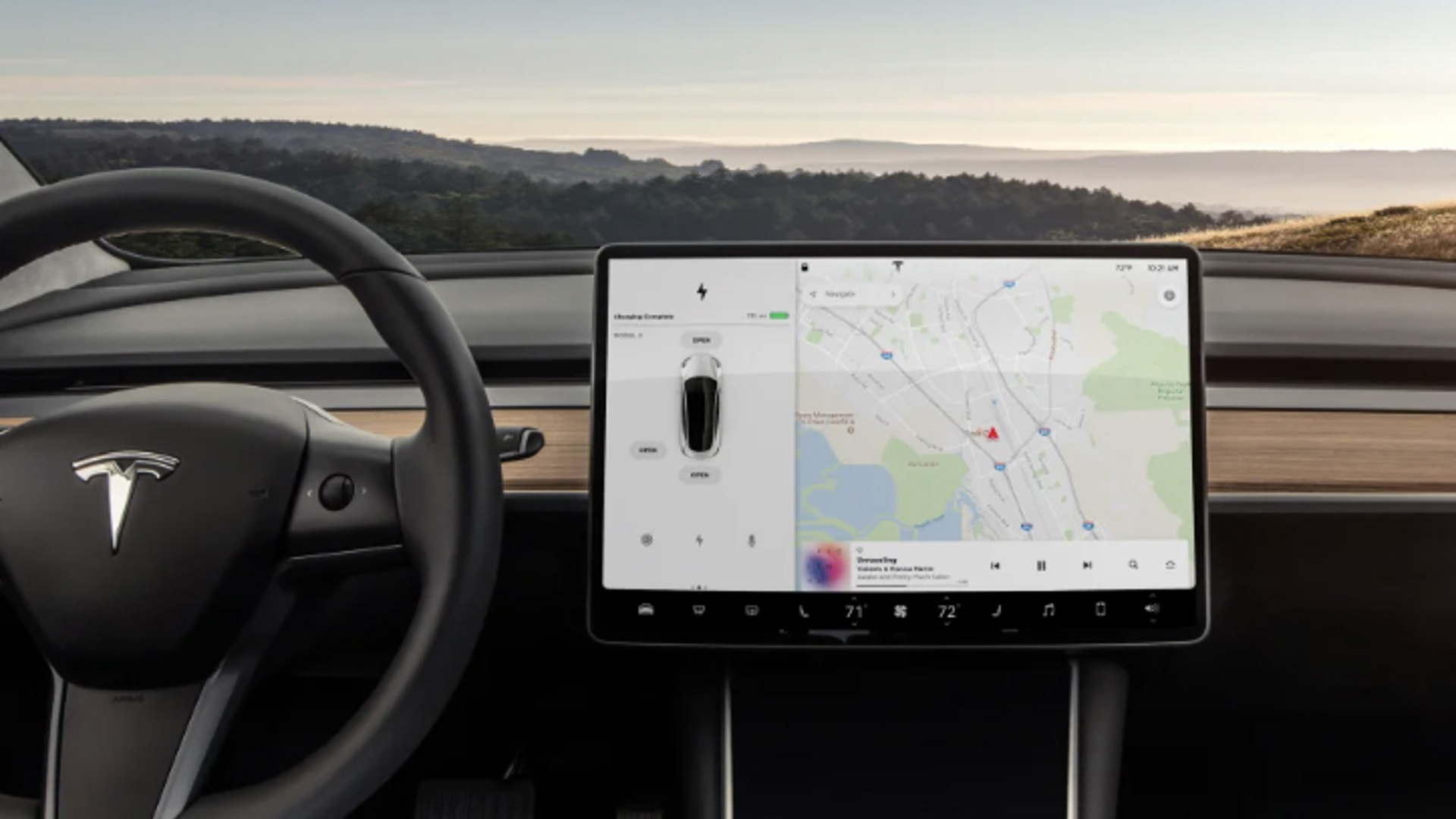
BEST: Multiple Connectivity and Streaming Apps
According to a study, by 2030, about 95 per cent of new vehicles sold globally will be connected to the Internet, up from around 50 per cent today. Marketed to pass the time while your electric car is charging, Tesla has been an in-car app pioneer, and the automaker continues to lead. All Teslas come with navigation via a cell connection, internet browsing, music streaming, and, when parked, video streaming and "caraoke."
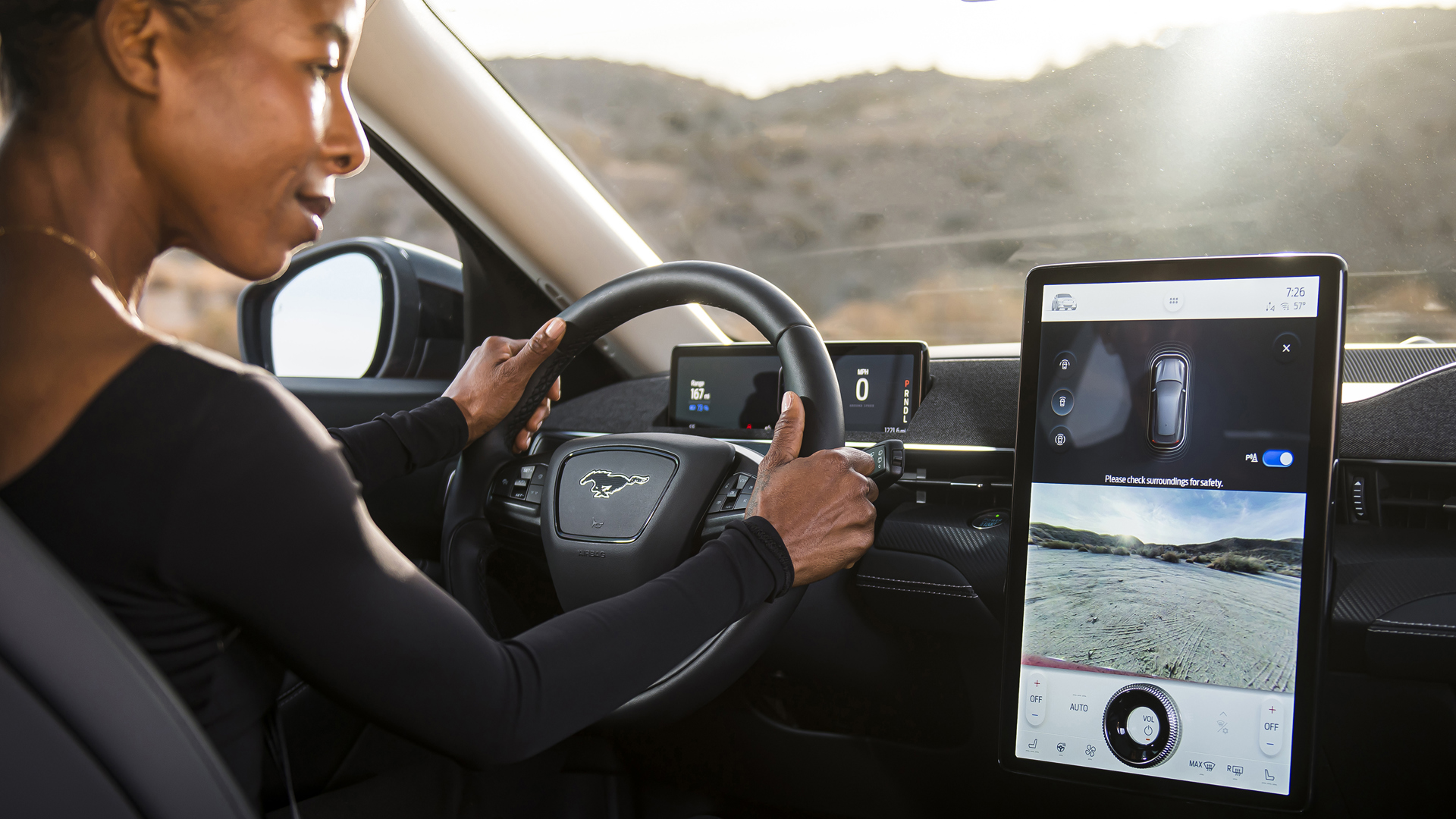
BEST: Intuitive Ergonomics
While some infotainment systems remain exclusively touch-based, the best systems offer redundant hard buttons, switches, and scroll wheels. For example, Ford’s latest infotainment system, introduced on the Mustang Mach-E EV, features a large, vertical touchscreen. But unlike a touch-only Tesla screen, Ford adds a center stack with physical buttons and knobs, highlighted by a large volume knob at the bottom of the screen that gives drivers quick access to specific functions while keeping their eyes safely on the road ahead.
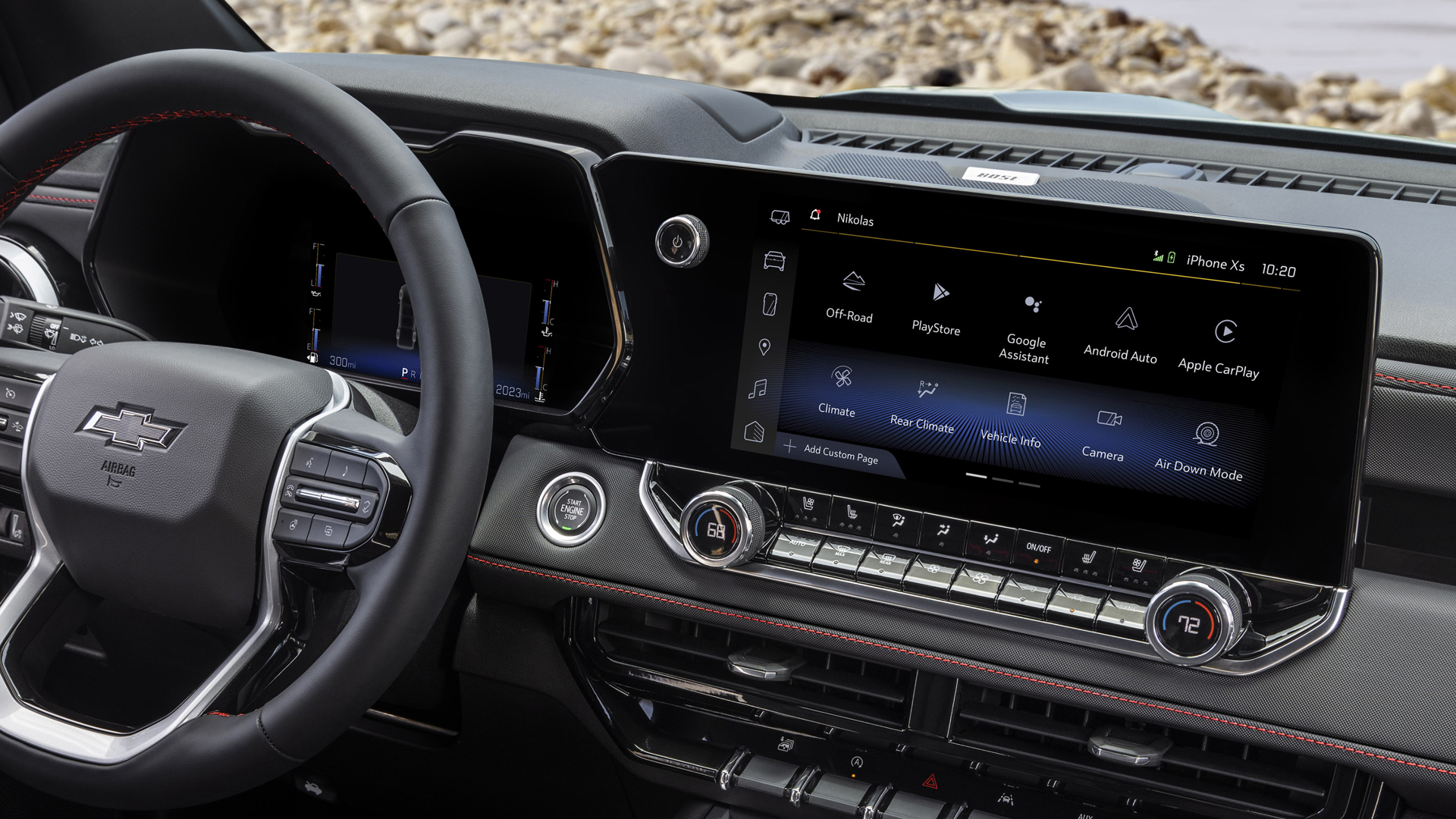
WORST: Touchscreen-only Functions
Grouping all a vehicle's functionality in a single touchscreen may make for a cleaner interior, but some car controls still require hard buttons or dials. Drivers of Tesla's recently redesigned Model S sedan and Model X SUV now have to tap and drag on a small car icon on the top-left corner of the new horizontal touchscreen to change between Park, Reverse, or Drive modes. The latest Chevrolet Colorado and GMC Canyon midsize pickups have no physical buttons, switches, or dials for the truck's lights. To turn them on or off, the driver has to open a sub-menu on the vehicle's touchscreen.

WORST: Hand Gesture Controls
Although automakers have been trying to make gesture controls work since the early 1980s, a proper balance of touchscreen and physical buttons is easier to use instead of waving your arms around. The technology may have peaked when BMW introduced its gesture control system in the 2015 7 Series luxury sedan. Drivers could take calls, adjust climate control settings, and sift through various infotainment menus via hand waves and finger twirls. It never caught on, and BMW has been phasing out the technology in newer models.
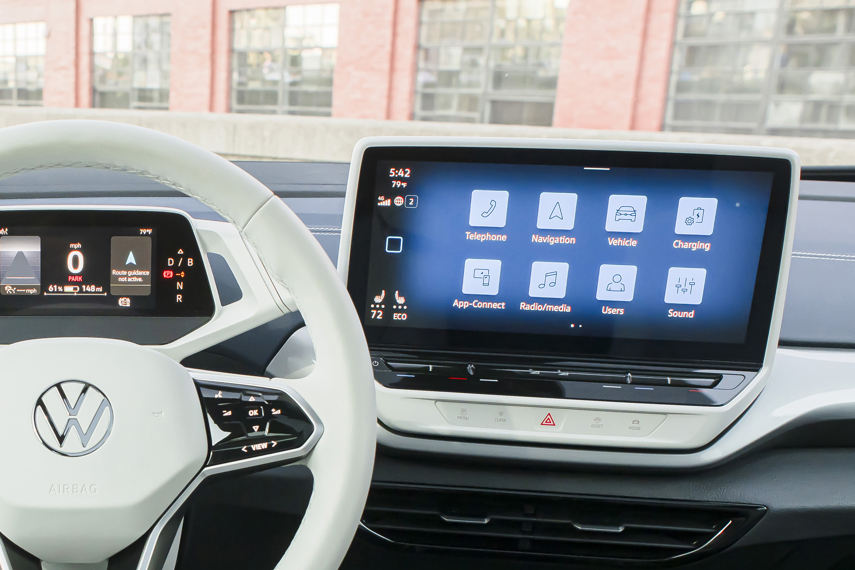
WORST: Unproven Infotainment Software
One of the auto industry's most significant challenges is creating an infotainment user experience that matches what drivers are accustomed to with their smartphones, tablets, or computers. Poorly designed and weak performing car operating systems are some of the most numerous quality and reliability complaints from owners. Although it's improved over time, Ford's MyFordTouch system from 2012 needed to be more robust, faster, and easier to use. Fast forward a decade later, and owners of Volkswagen's electric ID vehicles complain about problems with infotainment screens, range estimates, unreliable smartphone connections, charging, and other issues.
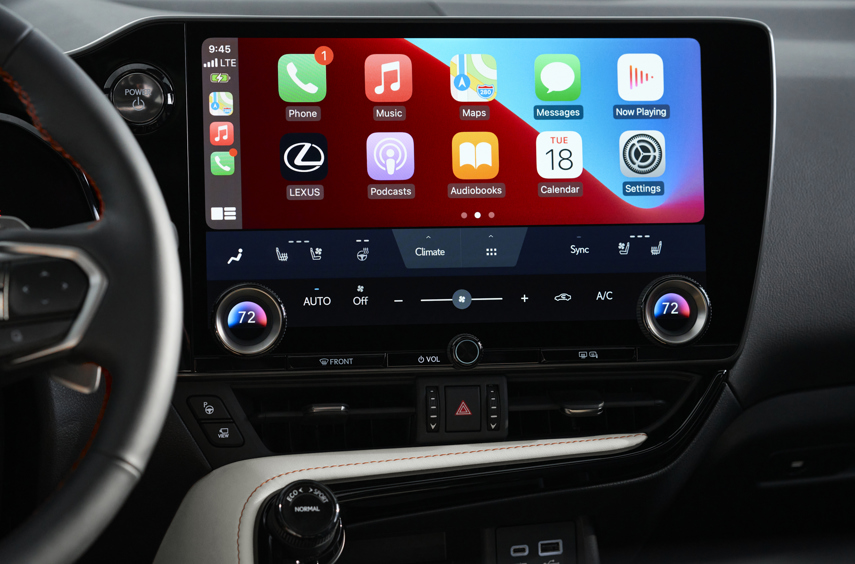
WORST: No Apple CarPlay or Android Auto
Studies have found that 98 per cent of new vehicles are compatible with Apple CarPlay or Android Auto. Plus, 80 per cent of prospective car buyers prefer these smartphone-based interfaces in their new vehicles over the built-in system. Toyota was one of the last holdouts to not offer third-party phone mirroring. But they have since relented, starting with the 2019 Avalon sedan. Seemingly going against what drivers want, General Motors (which currently offers Apple CarPlay and Android Auto) has announced it will remove these apps with its future EVs, with the 2024 Chevrolet Blazer EV the first to get this downgrade.








